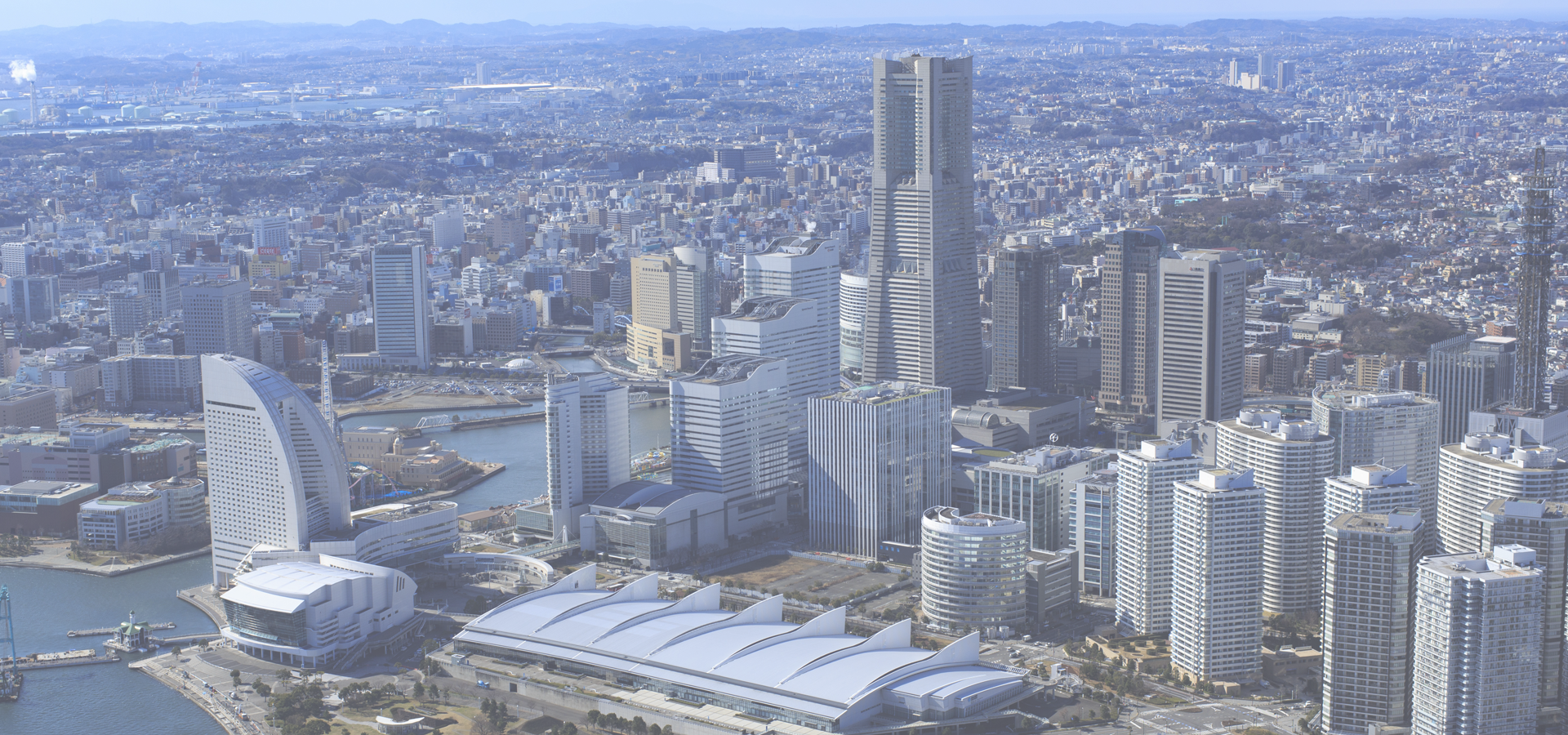Yamato, Kanagawa Prefecture, Kantō Region, Japan
🇯🇵 Yamato (大和市) is a city located in central Kanagawa Prefecture, Japan. The total area of the city is 27.09 km² (10.46 sq mi).
Geography Yamato is located approximately 40 to 50 km from central Tokyo and 20 km from central Yokohama. It measures 3.22 km from east-to-west by 9.79 km north-to-south, and is thus long and narrow orientated from north-to-south. It is located on the Sagamino Plateau (Sagamino Plateau) and has a gently sloping terrain from north to south. The height difference is 38 meters, but there are almost no hills. The highest point in the city is 90 meters above sea level at the site of the Shimotsuruma Asama Shrine, and the lowest point is 30 meters above sea level.
Surrounding municipalities Kanagawa Prefecture • Zama • Fujisawa • Ebina • Sagamihara • Ayase • Yokohama; Tokyo • Machida, Tokyo.
History The area around present-day Yamato city has been inhabited for thousands of years. Archaeologists have found stone tools from the Japanese Paleolithic period and ceramic shards from the Jōmon period at numerous locations in the area. It is mentioned in the Engishiki records from the Heian period. By the Kamakura period, this area became part of the Shibuya shōen. It came under control of the Ashikaga clan in the early Muromachi period and was later part of the territories of the Later Hōjō clan from Odawara. With the start of the Edo period, the area was part of the tenryō territory in Sagami Province controlled directly by the Tokugawa shogunate, but administered through various hatamoto. Under the rule of the 5th shōgun, Tokugawa Tsunayoshi, one of these hatamoto, Sakamoto Shigeharu (1630–1693) by virtue of his position as Ōmetsuke and Jisha-bugyō, exceeded 10,000 koku in income, and thus became daimyō of the newly proclaimed Fukami Domain in October 1682. However, his revenues decreased below 10,000 koku in May 1687 and the domain was suppressed.
During the cadastral reforms after the Meiji Restoration, the area of present-day Yamato became part of Kōza District, Kanagawa Prefecture. On April 1, 1889, it was administratively divided into Shibuya Village and Tsurumi Village, which later changed its name on September 25, 1891 to Yamato Village. The area was connected by rail in 1926 via the Sagami Railway and in 1929 by the Odakyu Electric Railway, leading to an increase in population. The Imperial Japanese Navy Sagamino Air Base was established in 1940. Yamato Village became Yamato Town in 1943, and Shibuya Village became Shibuya Town in 1944. However, Shibuya was dissolved in 1955, with a portion merging with nearby Fujisawa, and the remaining portion reverting to village status. That portion was merged with Yamato in 1957, which became Yamato City in 1959. In April 2000, Yamato exceeded 200,000 in population, and was proclaimed a special city with increased local autonomy.
In 2020, the city gained international attention for outlawing walking in designated areas while using a smartphone, it was the first of its kind to do so without implementing a fine or monetary penalty.
Government Yamato has a mayor-council form of government with a directly elected mayor and a unicameral city council of 28 members. Yamato contributes four members to the Kanagawa Prefectural Assembly. In terms of national politics, the city is part of Kanagawa 13th district of the lower house of the Diet of Japan.
Education Yamato has 19 public elementary schools and nine public middle schools operated by the city government. The city has four public high schools operated by the Kanagawa Prefectural Board of Education, and the prefecture also operates two special education schools for the handicapped. The city also has one private elementary school, one private middle school and one private high school. A private junior college, the St. Cecilia Women's Junior College is located within Yamato.
Transport: Rail Tokyu Corporation Tōkyū Den-en-toshi Line • Chūō-Rinkan - Tsukimino; Odakyu Electric Railway – Odakyū Enoshima Line • Chūō-Rinkan - Minami-Rinkan - Tsuruma - Yamato - Sakuragaoka - Kōza-Shibuya; Sagami Railway - Sotetsu Main Line • Sagami-Ōtsuka - Yamato.
Transport: Road • Tōmei Expressway • National Route 16 • National Route 246 • National Route 467.
Asia/Tokyo/Kanagawa

Yamato has a population of over 242,065 people. Yamato also forms part of the wider Kanagawa Prefecture which has a population of over 9,058,094 people.
To set up a UBI Lab for Yamato see: https://www.ubilabnetwork.org Twitter: https://twitter.com/UBILabNetwork
Twin Towns, Sister Cities Yamato has links with:
🇰🇷 Gwangmyeong, South Korea 🇯🇵 Kōshū, Japan 🇯🇵 Minamiuonuma, Japan 🇯🇵 Taiwa, JapanLocations Near: Yamato 139.45,35.4833
🇯🇵 Machida 139.448,35.538 d: 6.1
🇯🇵 Ebina 139.383,35.433 d: 8.2
🇯🇵 Minamihonjukucho 139.533,35.467 d: 7.7
🇯🇵 Asahi 139.533,35.467 d: 7.7
🇯🇵 Atsugi 139.367,35.433 d: 9.4
🇯🇵 Sagamihara 139.387,35.57 d: 11.2
🇯🇵 Fujisawa 139.467,35.35 d: 14.9
🇯🇵 Hodogaya 139.583,35.45 d: 12.6
Antipodal to: Yamato -40.55,-35.483
🇨🇱 La Reina -33.45,-33.45 d: 19326.2
🇧🇷 Tubarão -49,-28.467 d: 18900.7
🇧🇷 Criciúma -49.372,-28.678 d: 18892
🇧🇷 São José -48.617,-27.6 d: 18853
🇧🇷 Palhoça -48.667,-27.633 d: 18852.7
🇧🇷 Biguaçu -48.667,-27.5 d: 18841.2
🇧🇷 Itapema -48.612,-27.091 d: 18808.7
🇧🇷 Balneário Camboriú -48.633,-26.983 d: 18797.9